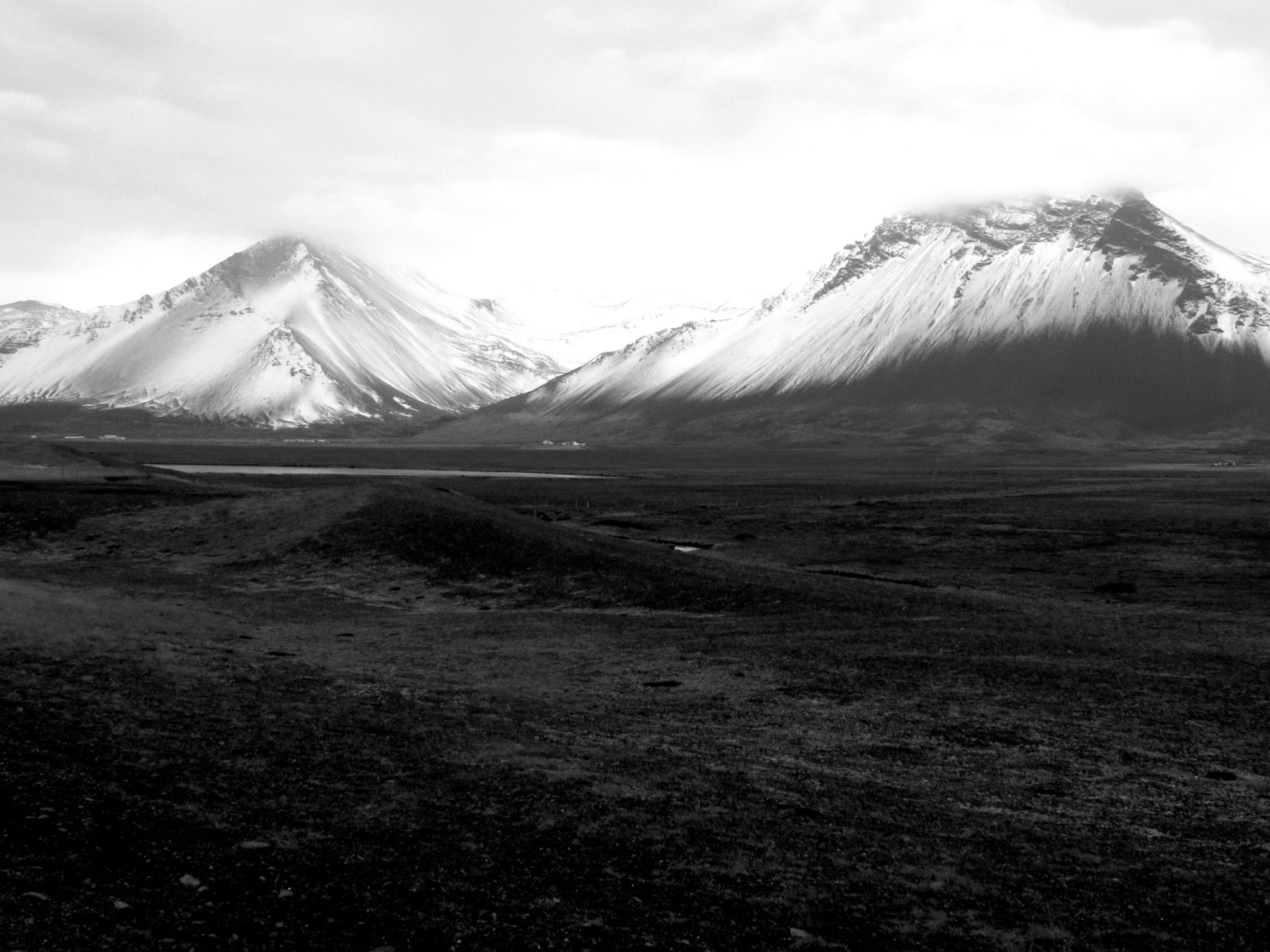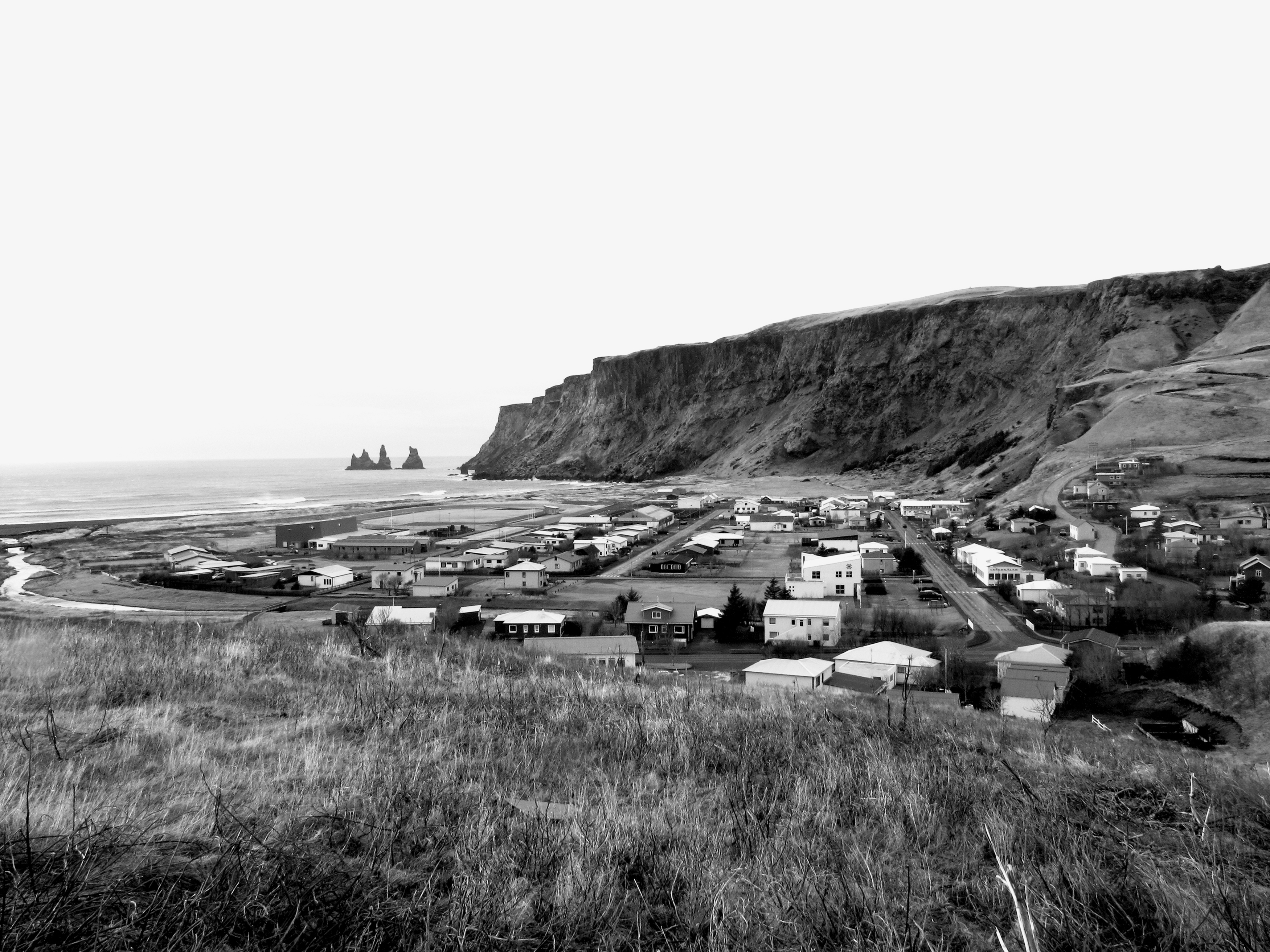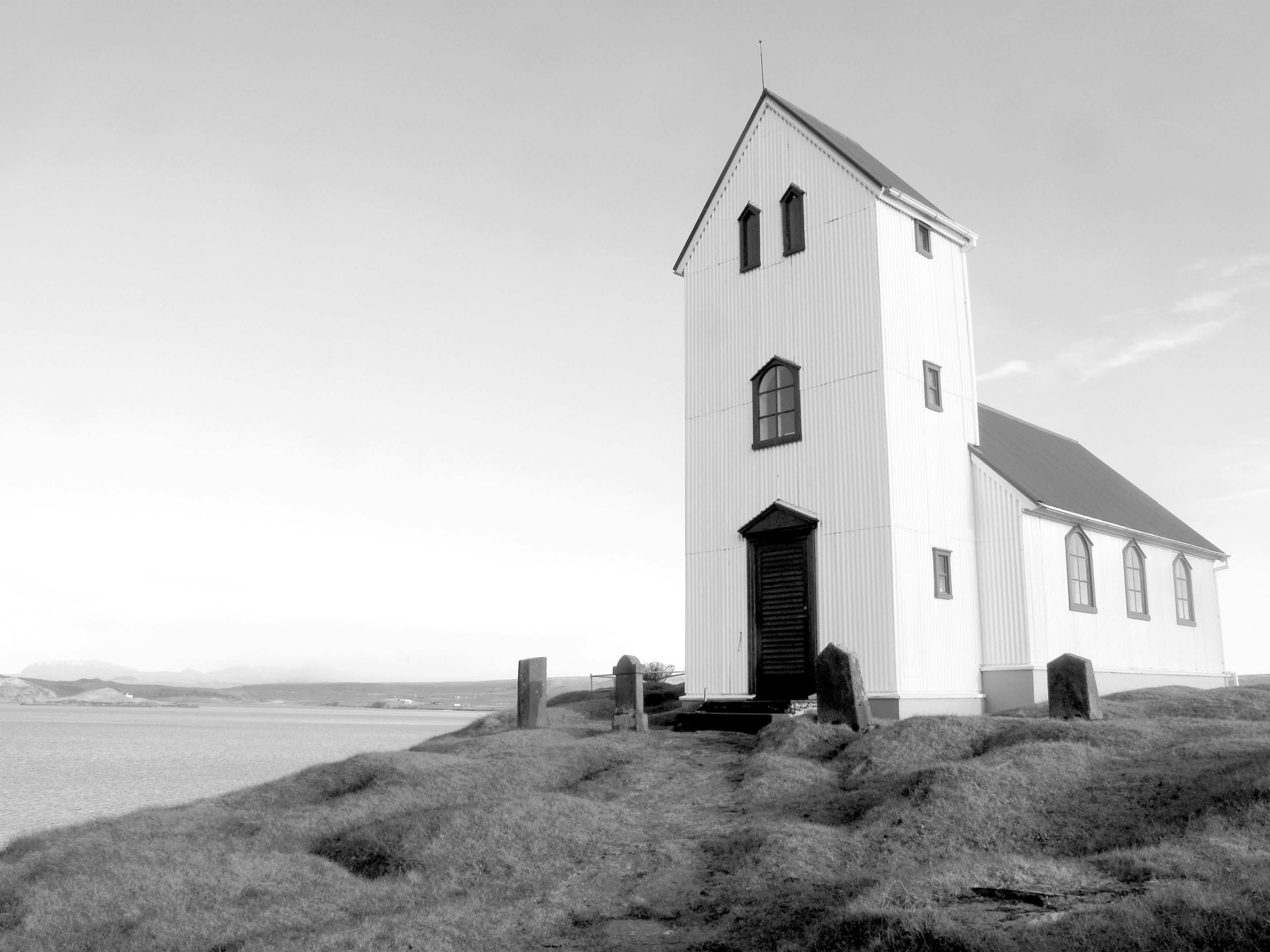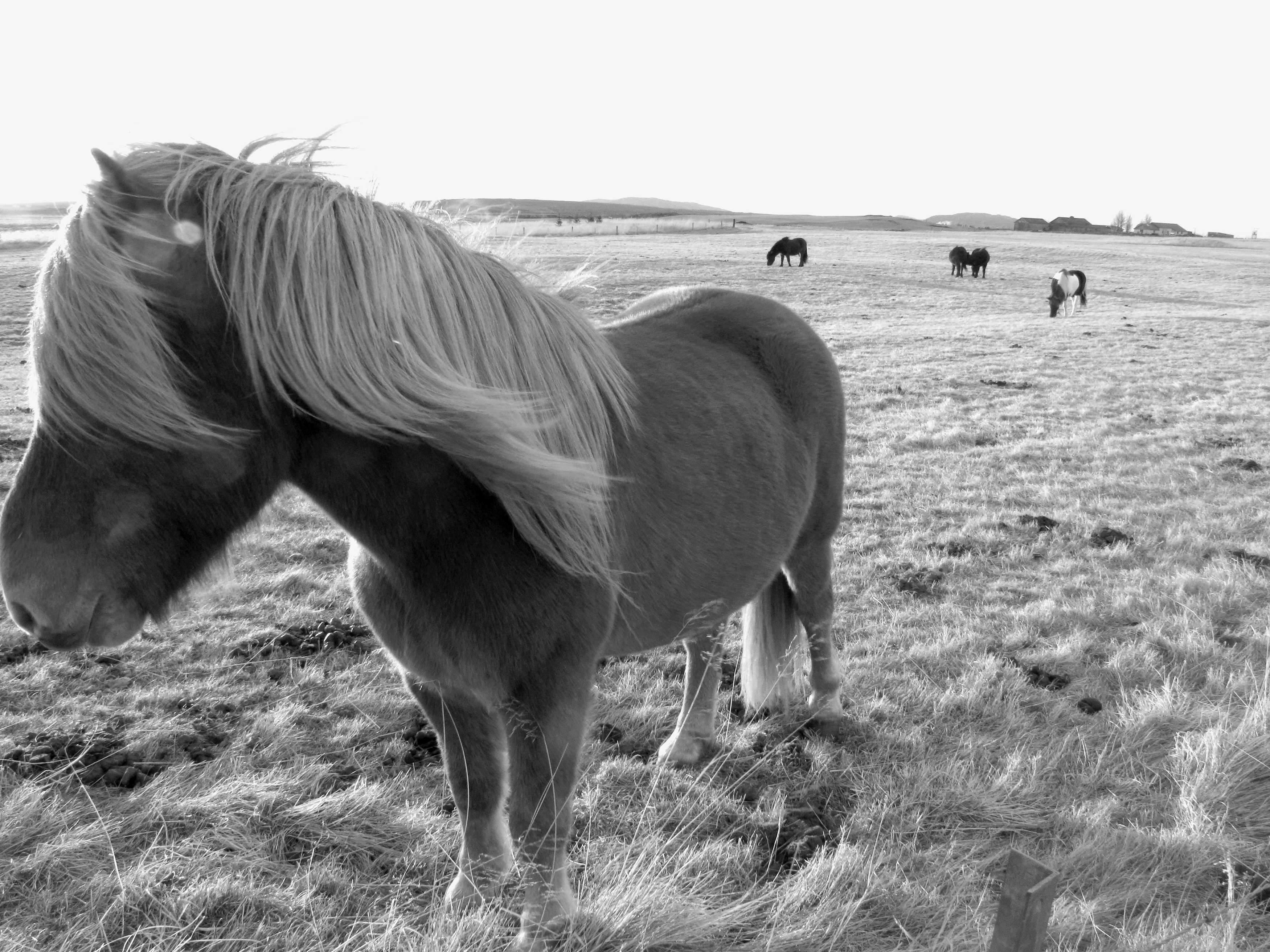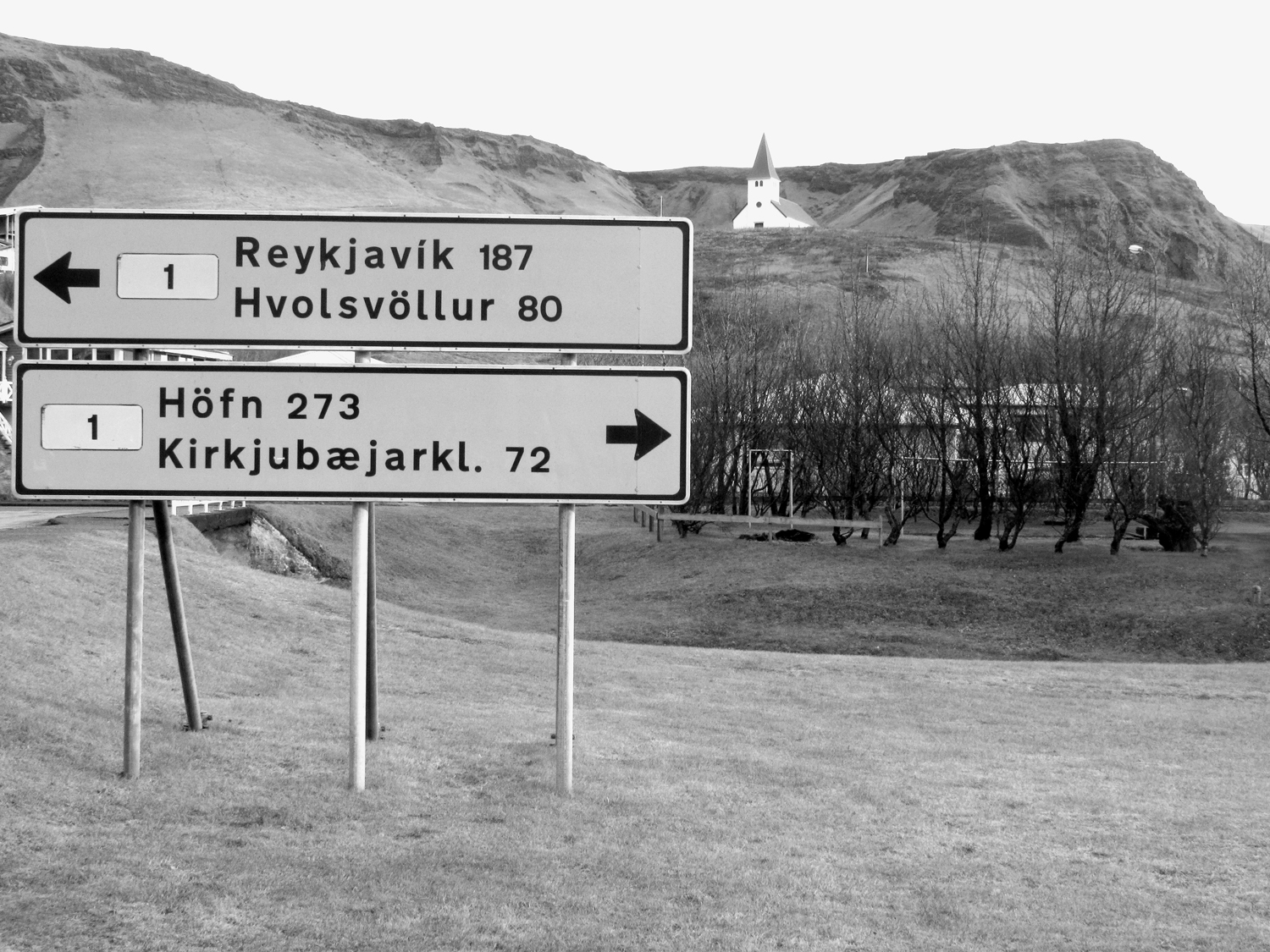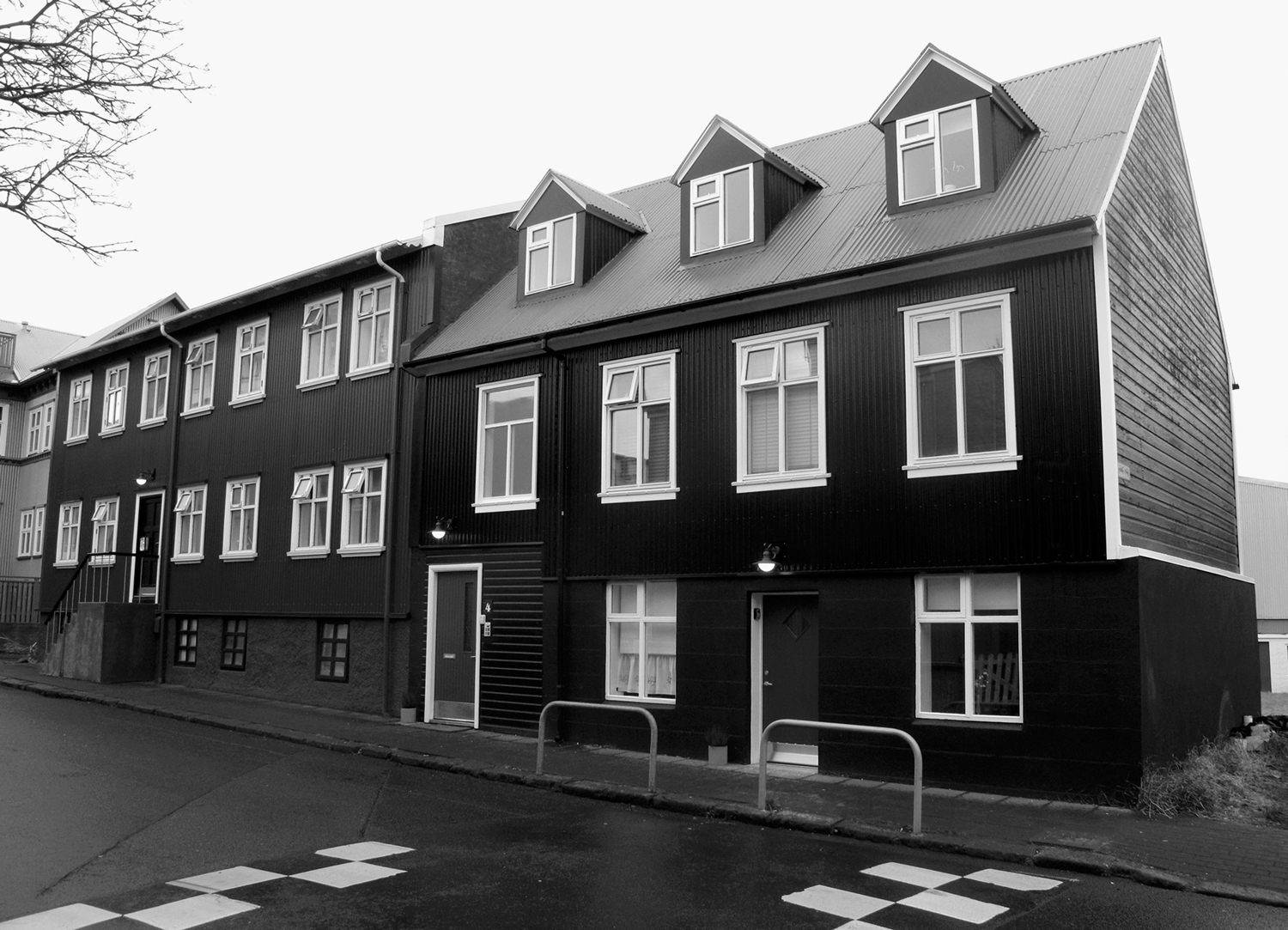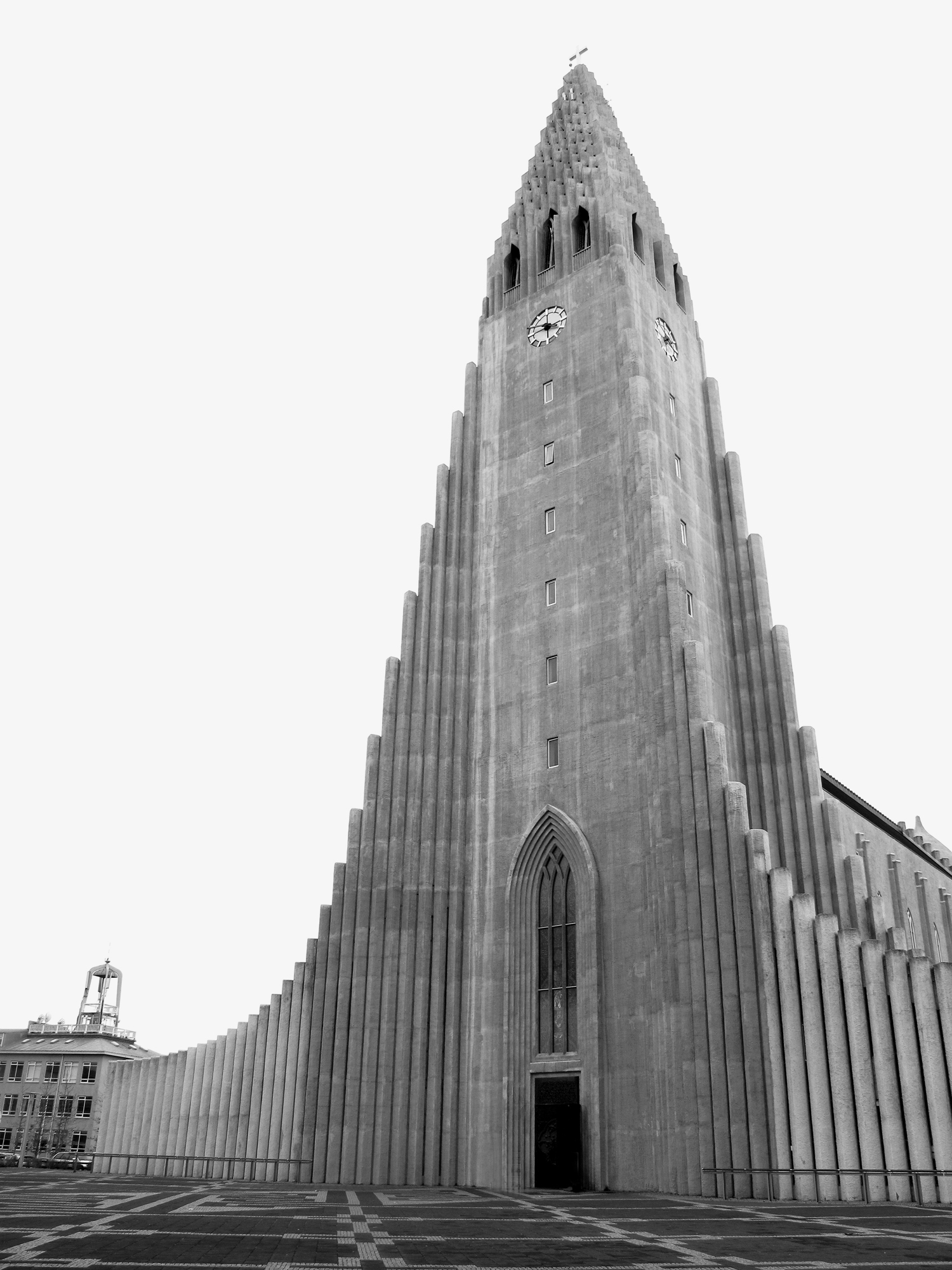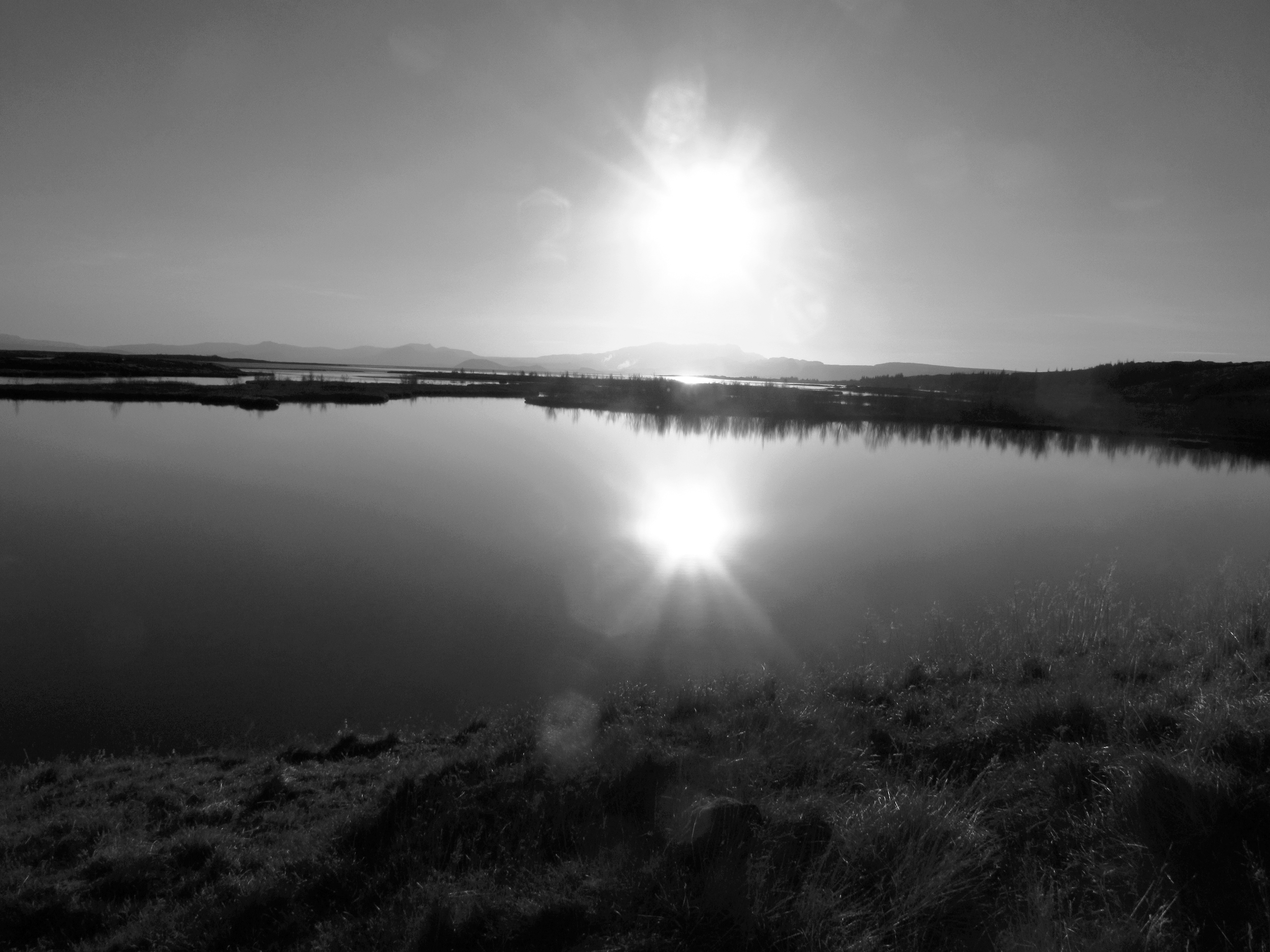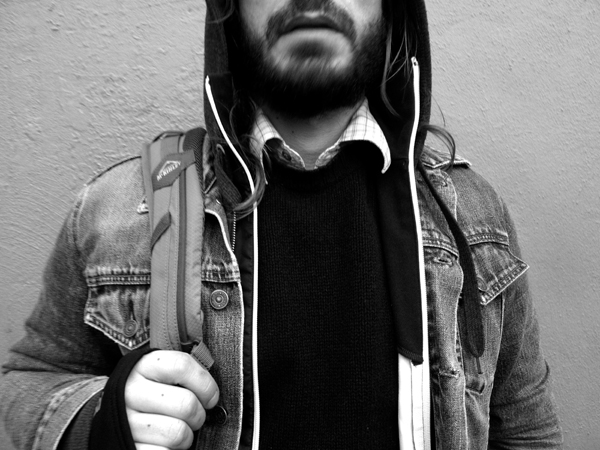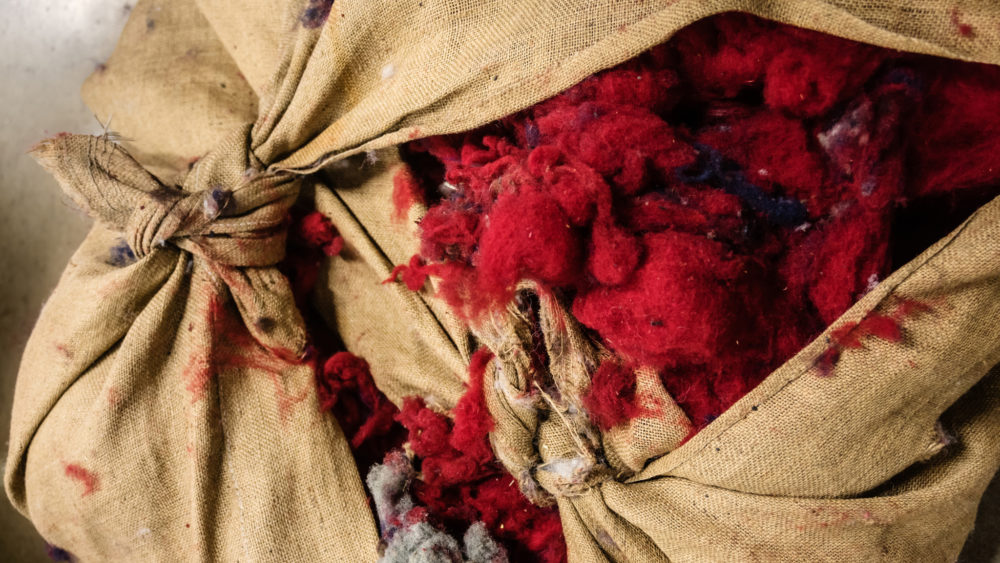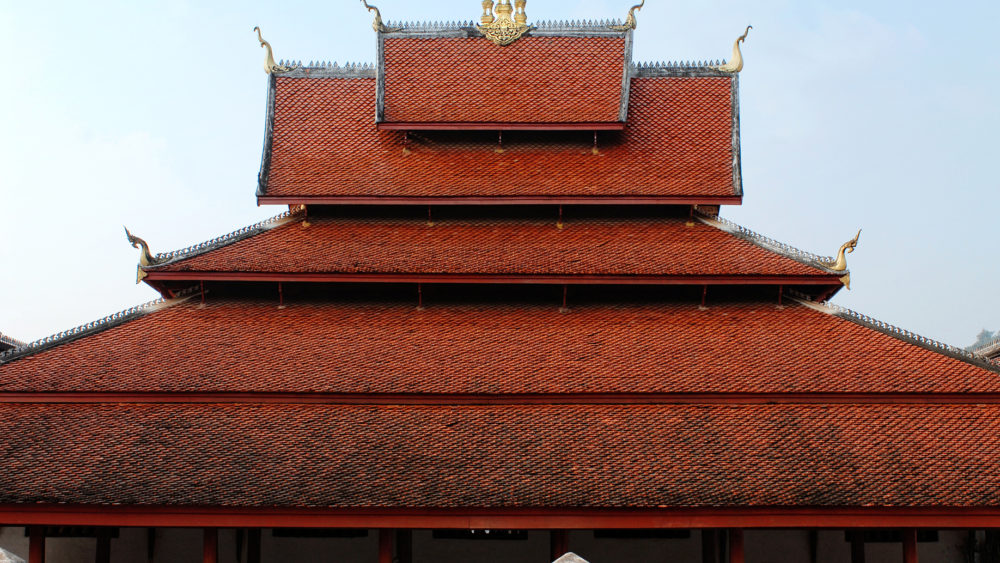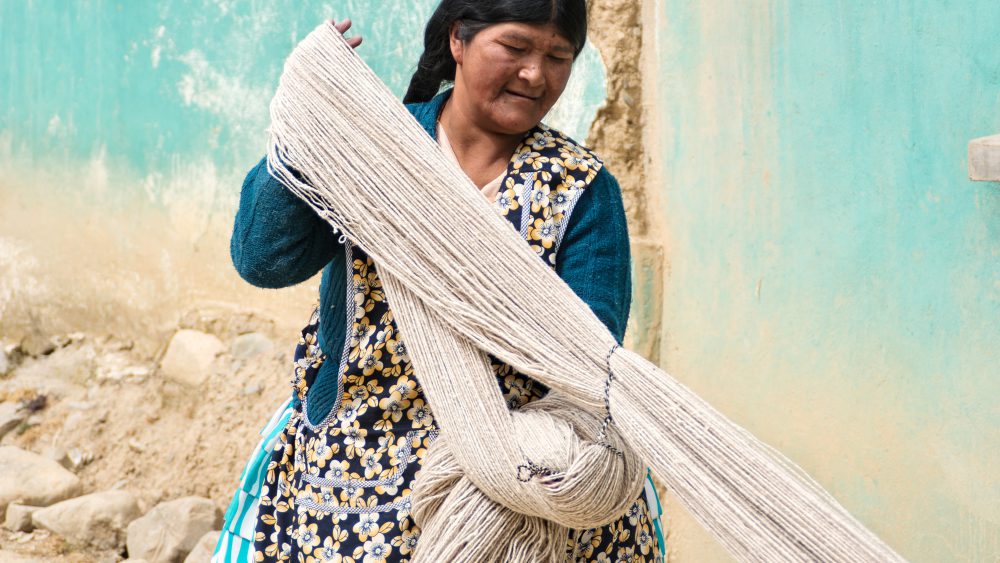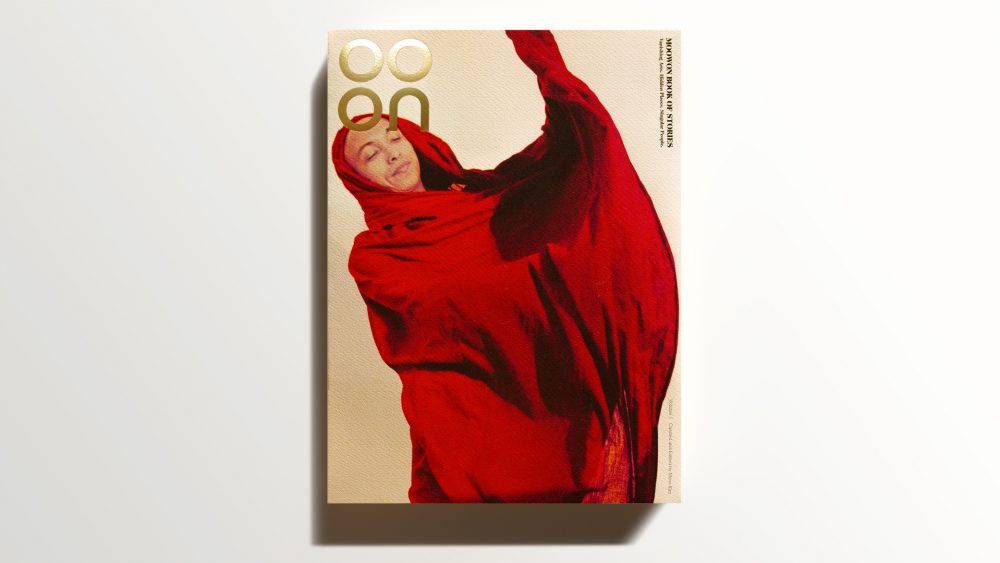A last-minute impulse to seize an invitation from friends led to a fortuitous meeting with Wayne—a fellow traveller, fellow American, fellow nomad living anywhere else but native land, and a fellow reminiscer of the good old days of internet-free India. Through Wayne's eyes and soft-spoken voice, we take you to a special place where solstice keeps the night at bay during this time of the year. Direction Iceland.
– Mona Kim
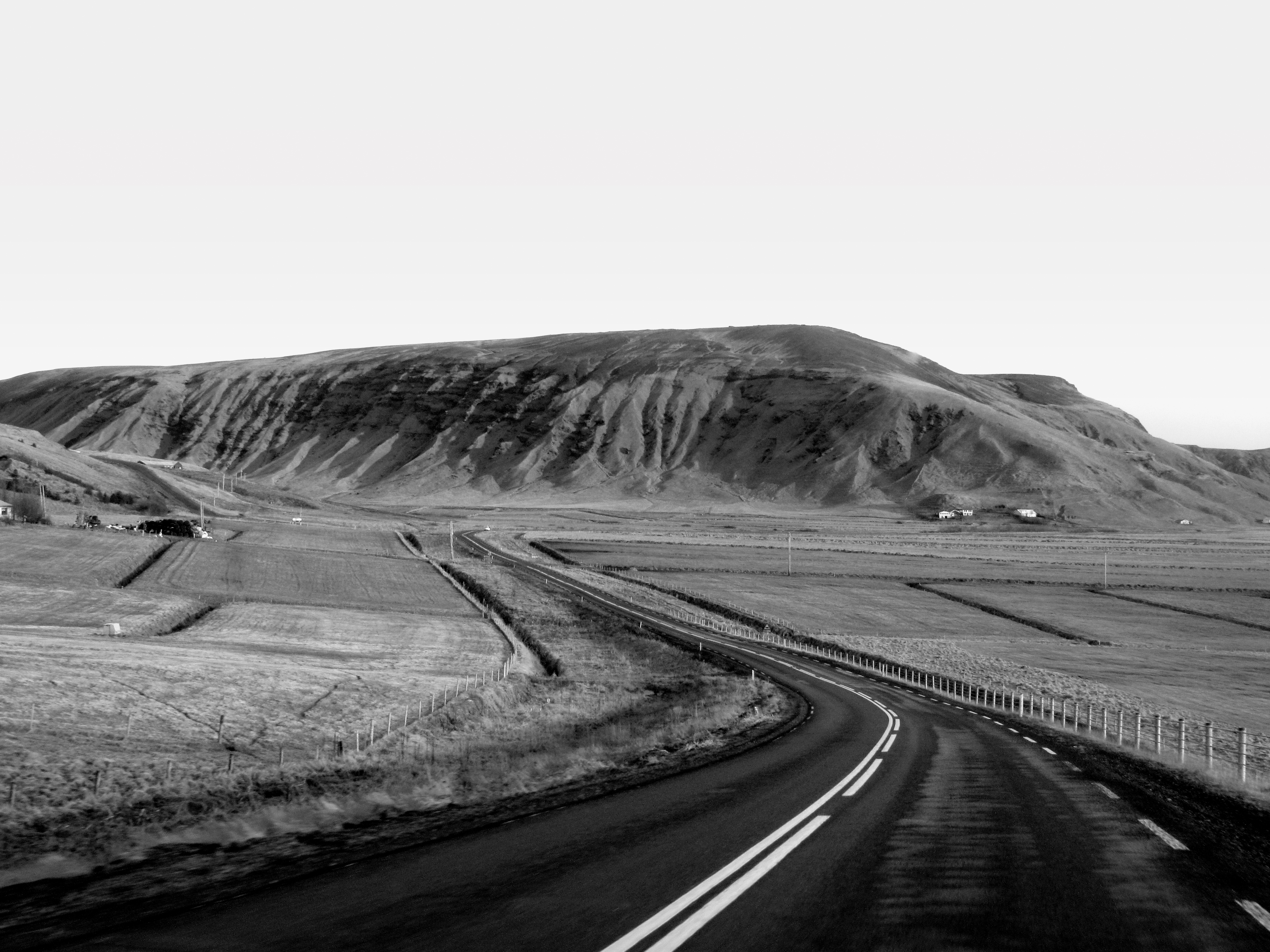
I have this belief that if we continue visiting new places and new parts of the world, there will always be growth in our lives from the new things we learn and see. As a result, a certain kind of wonder will be kept alive deep inside of us.
My idea to go to Iceland came from this desire to see something completely new. It was a place I only had heard about through old stories like the Sagas and the Edda and seen in photos. The Songs of Ingrid is the name I have given to my different wanderings (or wonderings) around Scandinavia while living there for the past four years. Certain places in the far north have had a stronger attraction for me than the rest: Bergen and Lofoten in Norway, the Faroe Islands, and Iceland. I sometimes associate things with a form of sound, especially experiences. For me, naming a specific experience as a song leaves it with some poetic character, a way to express deep appreciation for being given the chance to have that experience.
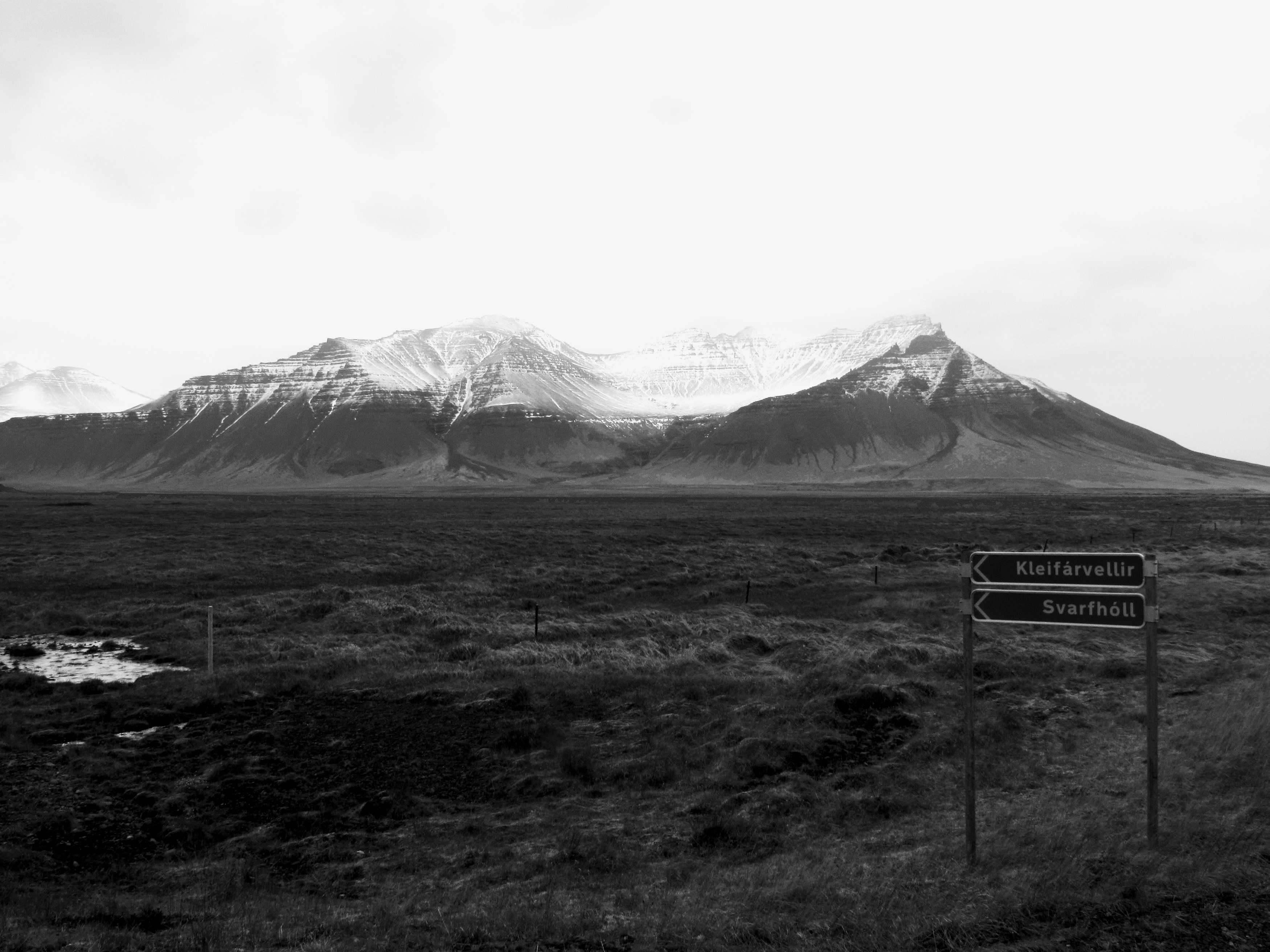
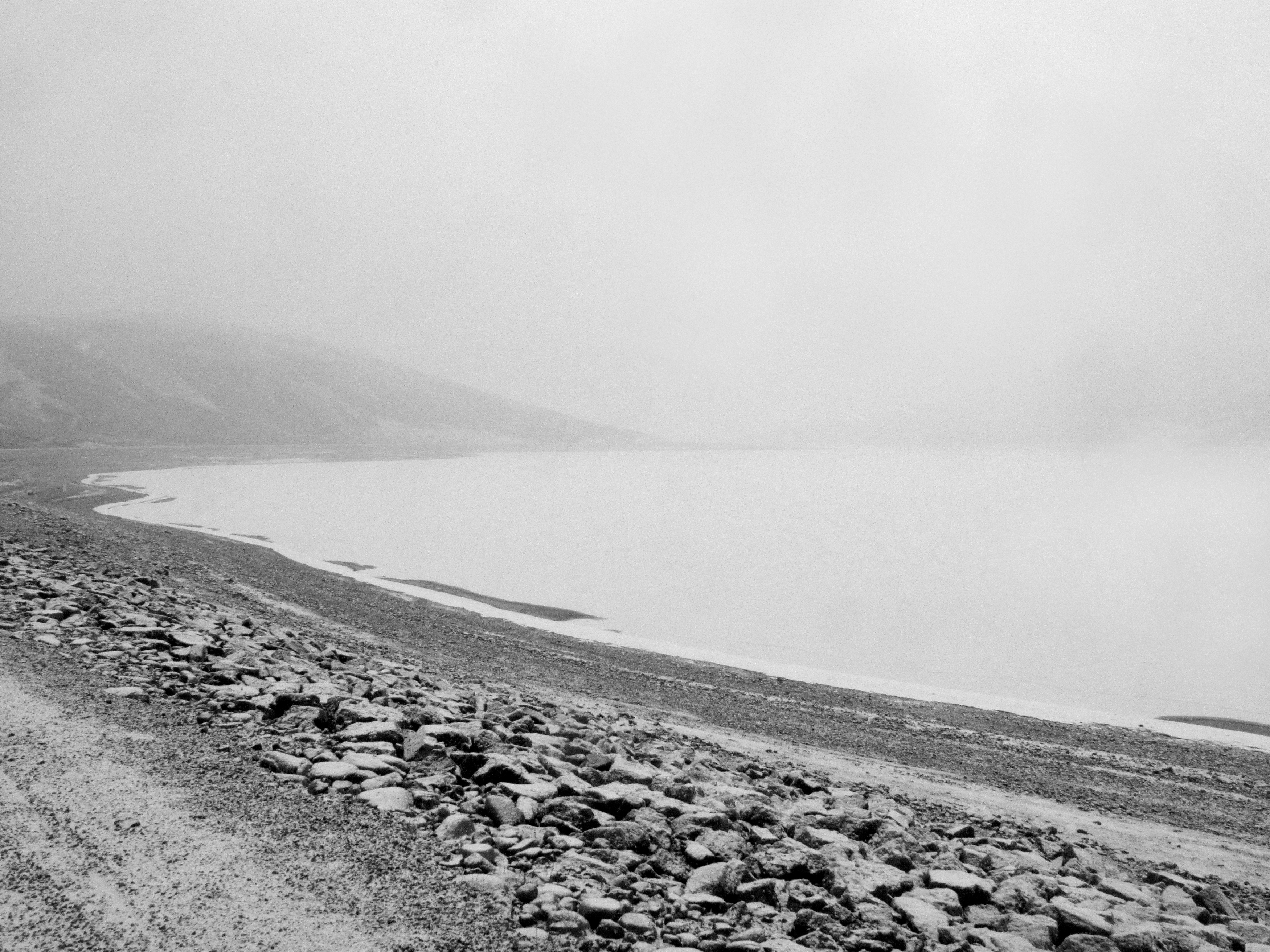
To enjoy the full story, become a Member.
Already a Member? Log in.
For $50/year,
+ Enjoy full-length members-only stories
+ Unlock all rare stories from the “Moowon Collection”
+ Support our cause in bringing meaningful purpose-driven stories
+ Contribute to those in need (part of your membership fee goes to charities)
